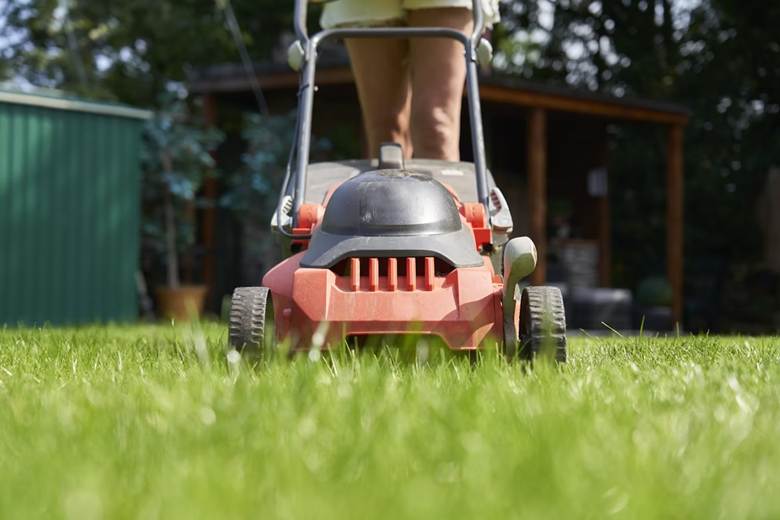A lush, green lawn enhances the appeal of your home and can significantly boost property value. Maintaining a vibrant lawn requires more than just occasional watering and mowing. This post will guide you through the essentials of proper lawn care, from understanding your lawn’s needs to the best practices for mowing, watering, fertilizing, and pest control.

Understanding Your Lawn
Before diving into the maintenance tasks, it’s vital to understand that not all lawns are created equal. The type of grass, the soil quality, and the local climate all play crucial roles in determining your lawn care regimen. Cool-season grasses thrive in northern climates, where temperatures are cooler, while warm-season grasses do best in the south. Conducting soil tests can provide insight into pH levels and nutrient deficiencies, which can guide your treatment applications. Knowing your grass type helps you adjust your care practices accordingly.
Mowing: The Key to a Healthy Lawn
Mowing is arguably the most visible aspect of lawn maintenance and can significantly impact the health of your grass. Regular mowing encourages growth and enhances turf density. The general rule of thumb is to mow at the appropriate height for your grass type, which typically ranges from 2.5 to 4 inches. Keeping your mower blades sharp is critical; dull blades can tear grass instead of cutting it cleanly, which makes the lawn more susceptible to disease.
Incorporating efficient lawn care equipment can streamline the mowing process. Many homeowners prefer using electric lawn mowers due to their lower environmental impact and reduced noise levels compared to gas-powered models. Investing in robotic mowers from WORX or similar brands can provide additional benefits, such as versatility and ease of handling. These advancements allow for a more pleasurable mowing experience, ultimately contributing to a healthier lawn.
Watering Wisely
Watering is another critical component of maintaining a vibrant lawn. Most grass types require about 1 to 1.5 inches of water per week, either through rainfall or irrigation. The best approach is to water deeply and infrequently, encouraging deep root growth. It’s advisable to water early in the morning to reduce evaporation and fungal diseases that thrive in damp conditions. Installing a rain gauge can help track how much water your lawn receives, ensuring it gets precisely what it needs.
Adjusting your watering schedule based on seasonal changes and weather patterns is crucial. During the summer months, your lawn may need an extra watering session, while heavier rainfall in spring may mean you can cut back on your watering efforts. Learning to respond adaptively to environmental cues can be a game-changer in lawn care.
The Importance of Fertilization
Fertilizing your lawn provides nutrients that support healthy growth. The three primary nutrients, nitrogen, phosphorus, and potassium, play vital roles in achieving this. While some homeowners may opt for pre-packaged fertilizers, understanding the specific nutrient needs of your lawn will enable you to select the most effective product. Typically, spring is the best time to fertilize, giving your grass the nutrients it needs to thrive during the growing season.
Consider slow-release fertilizers that release nutrients gradually and can last several months. These types of fertilizers can help maintain consistent growth without the risk of burning your grass, which may occur with quick-release options. Organic fertilizers can be an option for those seeking a more environmentally friendly approach, as they enrich the soil biologically and improve its structure.
Pest Control and Lawn Care
A healthy lawn can still fall victim to pests and diseases, making pest control an important aspect of lawn maintenance. The first line of defense is proper cultural practices, like ensuring your grass is not overwatered and receives adequate nutrients, to create an environment that deters pests. When problems arise, identifying the type of pest is critical. Integrated Pest Management (IPM) strategies often prove effective, combining preventive techniques with targeted treatments to control pest populations without harsh chemicals.
Regularly inspecting your lawn for signs of trouble, such as brown patches, excessive insect activity, or weeds, will help you catch problems early. Using natural repellents or introducing beneficial insects can aid in keeping pests under control while respecting the ecological balance of your yard.
Seasonal Lawn Care Checklist
To effectively maintain your lawn year-round, a seasonal maintenance checklist is invaluable. In spring, focus on aeration and fertilization, while summer requires vigilant watering and pest management. Fall is the perfect time for overseeding and preparing your lawn for winter, and winter care might include occasional mowing or leaf removal, depending on your climate. Keeping track of these seasonal tasks ensures a comprehensive lawn care routine that adapts to changing conditions.

Nurturing a green and vibrant lawn involves understanding its unique needs, implementing best practices for mowing, watering, fertilizing, and pest control, and adapting to seasonal changes. With consistent and informed care, your lawn can flourish, becoming the envy of the neighborhood.









